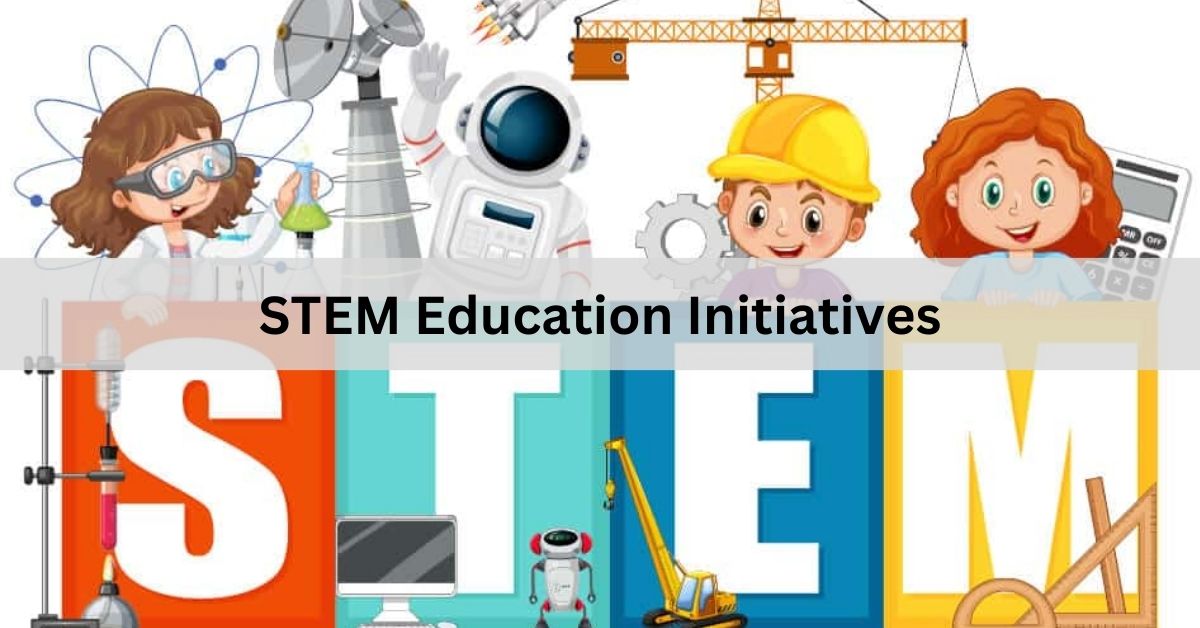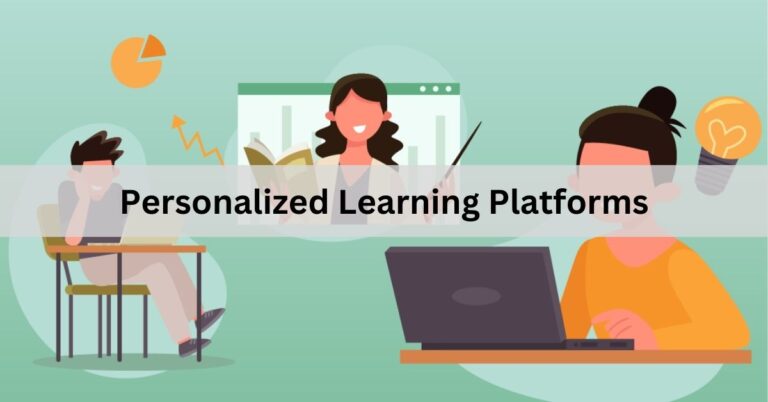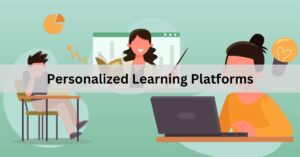STEM (Science, Technology, Engineering, and Mathematics) education initiatives are at the forefront of transforming educational paradigms worldwide. This article explores the significance of STEM education initiatives, their impact on student learning and career readiness, key components of effective STEM programs, and strategies for promoting STEM literacy and interest among learners of all ages.
Understanding STEM Education Initiatives
STEM education initiatives aim to cultivate critical thinking, problem-solving skills, and creativity by integrating science, technology, engineering, and mathematics into interdisciplinary learning experiences. These initiatives prepare students to thrive in a technology-driven world, where proficiency in STEM fields is increasingly essential for career success and societal advancement.
Benefits of STEM Education Initiatives
- Promoting Critical Thinking and Innovation: STEM programs encourage students to explore, experiment, and innovate through hands-on activities, projects, and real-world challenges, fostering creativity and problem-solving skills.
- Preparation for Future Careers: STEM education equips students with foundational knowledge and skills in high-demand fields such as cybersecurity, artificial intelligence, biotechnology, and renewable energy, preparing them for diverse career opportunities.
- Addressing Global Challenges: STEM initiatives empower students to tackle global challenges, including climate change, healthcare disparities, sustainable development, and technological advancements, through research-driven solutions and innovations.
- Closing the Skills Gap: By nurturing STEM literacy from an early age, initiatives aim to bridge the skills gap in STEM professions and cultivate a diverse pipeline of future scientists, engineers, mathematicians, and technologists.
- Enhancing Digital Literacy: STEM education integrates digital tools, software, and technologies, enhancing students’ digital literacy and preparing them to navigate and utilize emerging technologies effectively.
Key Components of Effective STEM Programs
- Hands-On Learning Experiences: Incorporate hands-on experiments, project-based learning, and inquiry-based activities that engage students in authentic STEM challenges and simulations.
- Interdisciplinary Approach: Integrate science, technology, engineering, and mathematics across curricular disciplines to demonstrate their interconnectedness and relevance in solving real-world problems.
- Industry Partnerships and Mentorship: Collaborate with industry professionals, universities, and research institutions to provide mentorship, internships, and experiential learning opportunities that expose students to STEM careers and pathways.
- Inclusive and Accessible Education: Ensure equitable access to STEM education for all students, including underrepresented groups and communities, through outreach programs, scholarships, and supportive learning environments.
- Professional Development for Educators: Provide ongoing training and professional development opportunities for educators to enhance their STEM teaching practices, integrate technology tools, and stay updated with industry trends and innovations.
Strategies for Promoting STEM Interest and Literacy
- Early Exposure: Introduce STEM concepts and activities at an early age through interactive games, STEM clubs, and extracurricular programs to spark curiosity and interest.
- Role Models and Representation: Highlight diverse role models and showcase the contributions of women and minorities in STEM fields to inspire and empower students from diverse backgrounds.
- Community Engagement: Engage families, communities, and local businesses in STEM education initiatives through workshops, STEM festivals, and community outreach events that promote STEM awareness and involvement.
- Integration of Arts (STEAM): Incorporate the arts (STEAM – Science, Technology, Engineering, Arts, Mathematics) to foster creativity, innovation, and interdisciplinary thinking in STEM education initiatives.
- Hands-On STEM Resources: Provide access to STEM kits, educational resources, online platforms, and virtual labs that enable students to explore STEM concepts independently and collaboratively.
The Future of STEM Education Initiatives
STEM education initiatives are poised to play a pivotal role in shaping the future of education and workforce development globally. By nurturing a generation of STEM-literate and innovative thinkers, these initiatives drive technological advancements, economic growth, and societal progress. As educators, policymakers, and stakeholders continue to invest in STEM education, they empower students to become lifelong learners, problem solvers, and leaders who contribute to a sustainable and inclusive global community.
Conclusion
STEM education initiatives represent a transformative approach to education, equipping students with critical skills, knowledge, and competencies needed to thrive in a complex and interconnected world. By fostering a passion for discovery, inquiry, and innovation, STEM programs inspire the next generation of scientists, engineers, and innovators to tackle global challenges and shape a brighter future. Embrace the opportunities and benefits of STEM education initiatives, and empower students to excel in STEM fields and make meaningful contributions to society.

























+ There are no comments
Add yours